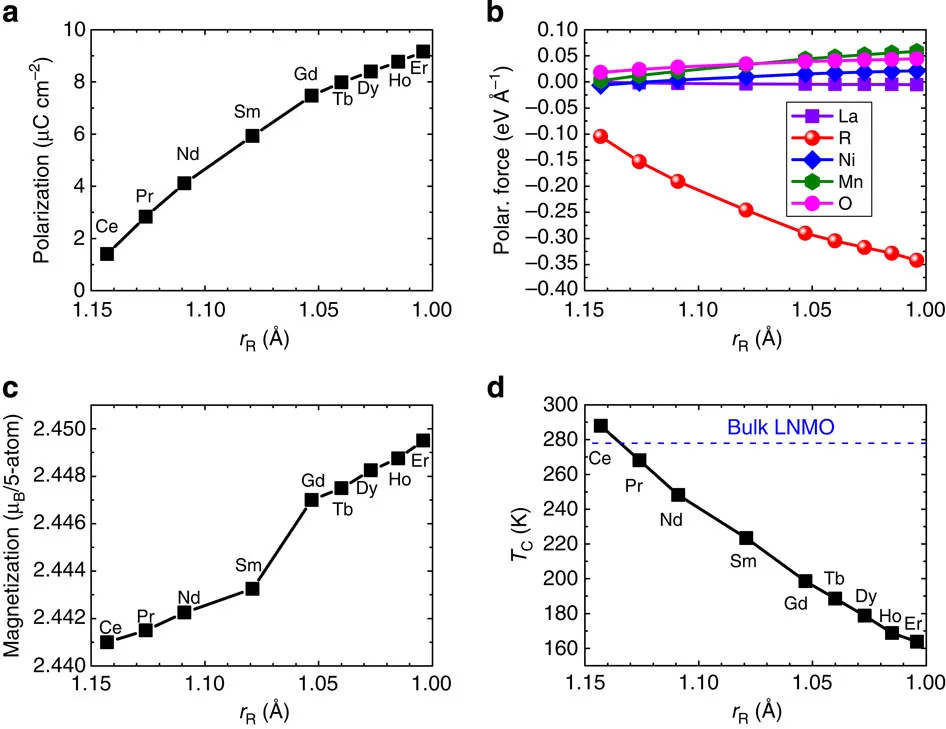Physics
In physics, most of the models can not be solved analytically; hence numerical calculations are indispensable ways to conduct physical research. Such heavy computational works are obviously unachievable without the usage of large-scale high performance computing. The research performed in the computational condensed matter physics (CCMP) mainly lies in developing and/or using direct first-principles methods, first-principles-based techniques and semiempirical approaches to calculate properties of ferroelectrics, magnetic compounds, multiferroics, semiconductors, nanostructures and graphene. Most of our works are done by numerically solving equations implemented in various softwares (e.g. VASP, Abinit, or our own effective Hamiltonian codes), thanks to the computational resources provided by the Arkansas high performance computing center (AHPCC). In particular, hundreds of cores of computers are used to carry out the computations and based on the outputs we have predicted novel materials (e.g., ferroic materials, semiconductors), provided novel physical pictures to understand physical phenomena (e.g., phase transitions, domain wall motions), and assisted our experimental colleagues (e.g., interpretation of the experimental findings, guidance of experimental discoveries).

AHPCC also empowers research on two-dimensional materials in the Barraza-Lopez group. From the effect of curvature on the electronic bandgap of phosphorene (PNAS 112, 5888 (2015)), novel phase transformations in two-dimensional crystals (Nano Lett. 16, 1704 (2016); Rep. Prog. Phys. 80, 096501 (2017)), understanding how novel 2D materials degrade (ACS Cent. Sci. 4, 1436 (2018)), as well as determining fascinating couplings among atomistic structure and electronic properties (PRL 122, 206402 (2019); Adv. Mater. 31, 1804428 (2019)), high-performance computing plays a fundamental role in research.
